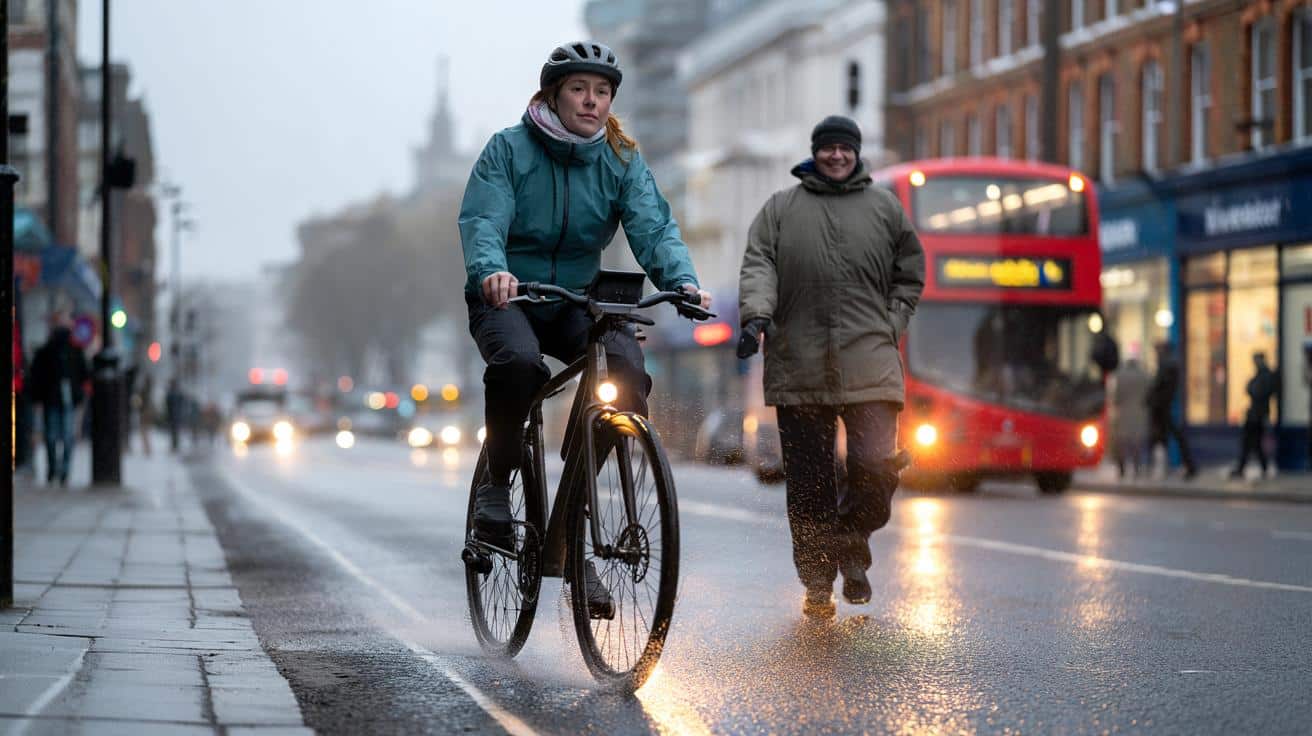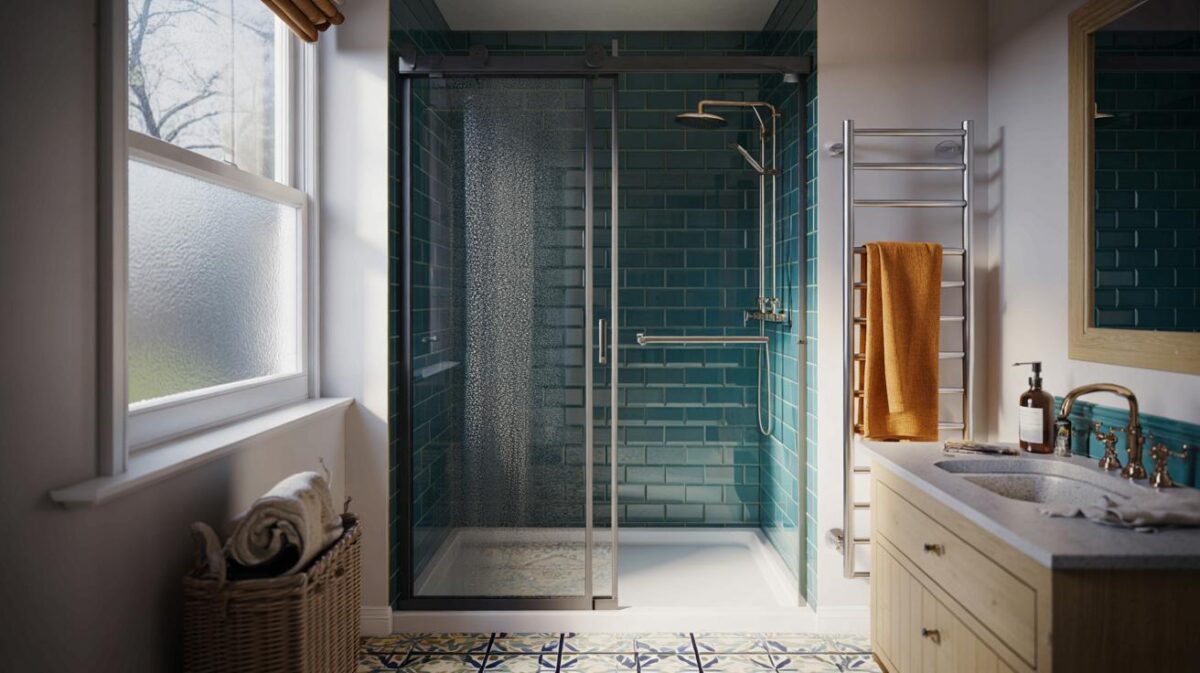A quieter switch can make the same journey feel almost effortless.
The weather turns, streets glisten with drizzle, and many of us start weighing up how to get to work with minimum faff. For short city trips in particular, one option keeps coming up because it feels quicker and easier than trekking on foot.
That instinct has solid science behind it. There are more than a billion bikes in the world, and for good reason. Fresh research explains why turning the pedals takes less out of you than pounding the pavement. The result is striking.
Why this switch feels easier on British commutes right now
Through winter, a five‑kilometre trip can feel like a slog on foot, especially in bulky layers and against a headwind. On a bicycle, legs move in a tight circular pattern, not a long swing that lifts heavy limbs against gravity. That smaller motion matters on cold mornings when muscles feel stiff.
Walking and running involve tiny collisions at every step that you can hear and feel. Energy leaks away as sound and vibration. On a bike, tyres roll so each patch of rubber simply kisses the road then lifts away. As Anthony Blazevich puts it, « The force from your pedalling translates directly into forward motion. »
That smooth transfer of effort helps on slick cycle lanes and shared paths common across UK towns. It also makes stop‑start city traffic less draining than it looks at first glance. And yes, you often arrive warmer but not sweaty.
The hidden biomechanics that cut effort while you move
Human muscles have a quirk. The faster they contract, the weaker and less efficient they become. Sprinting feels brutal because muscles work near their speed limit and burn through energy. Blazevich explains how a bike’s gears sidestep that problem so your legs stay in a sweet spot for force and comfort.
Shifting up as speed builds lets the bike go faster without forcing your muscles to contract faster. That keeps effort manageable on longer stretches, even when you clip along beside slow traffic. It is a neat partnership between body and machine.
All this adds up to a real‑world difference on a chilly weekday dash. You use less energy for the same distance while maintaining a steady rhythm that feels reassuring in the dark.
When steep UK hills flip the advantage and walking wins
It is not a cure‑all. Some British routes include sharp climbs where walking or even pushing the bike makes more sense. As Blazevich notes, « On very steep hills of more than about 15 per cent gradient (so you rise 1.5 metres every 10 metres of distance), your legs struggle to generate enough force through the circular pedalling motion to lift you and the bike up the hill. » That is when straight‑leg pushing beats circular pedalling.
Downhill tells a different story. « Once the gradient exceeds about 10 per cent (it drops by one metre for every ten metres of distance), each downhill step creates jarring impacts that waste energy and stress your joints. » In contrast, bikes roll easier the steeper it gets, sometimes needing almost no effort.
So the local topography matters. Short, punchy climbs might be better on foot, but rolling roads and flatter routes play to the bike’s strengths. Fair to say most urban journeys in the UK sit in that second camp.
The simple number that could change your routine
The efficiency gap is not small, and it shows up clearly on everyday trips. Blazevich states it plainly, « Cycling can be at least four times more energy‑efficient than walking and eight times more efficient than running. » For commuters juggling kids, trains and time, that can be the difference between arriving drained or ready to crack on.
- Cycling is at least four times more energy‑efficient than walking and eight times more efficient than running.
That number lands even harder in winter when you want to keep moving and stay warm without pushing your heart rate into overdrive. Lower impact on joints also means fewer aches after a long week. You dont need to be fast to feel the benefit.
For short errands or a steady commute, swapping a march for a gentle spin often feels like lifting a hidden handbrake. Less jarring impact, less wasted motion, and muscles working where they like to work. In other words, more miles for less fuss on a cold British morning.









